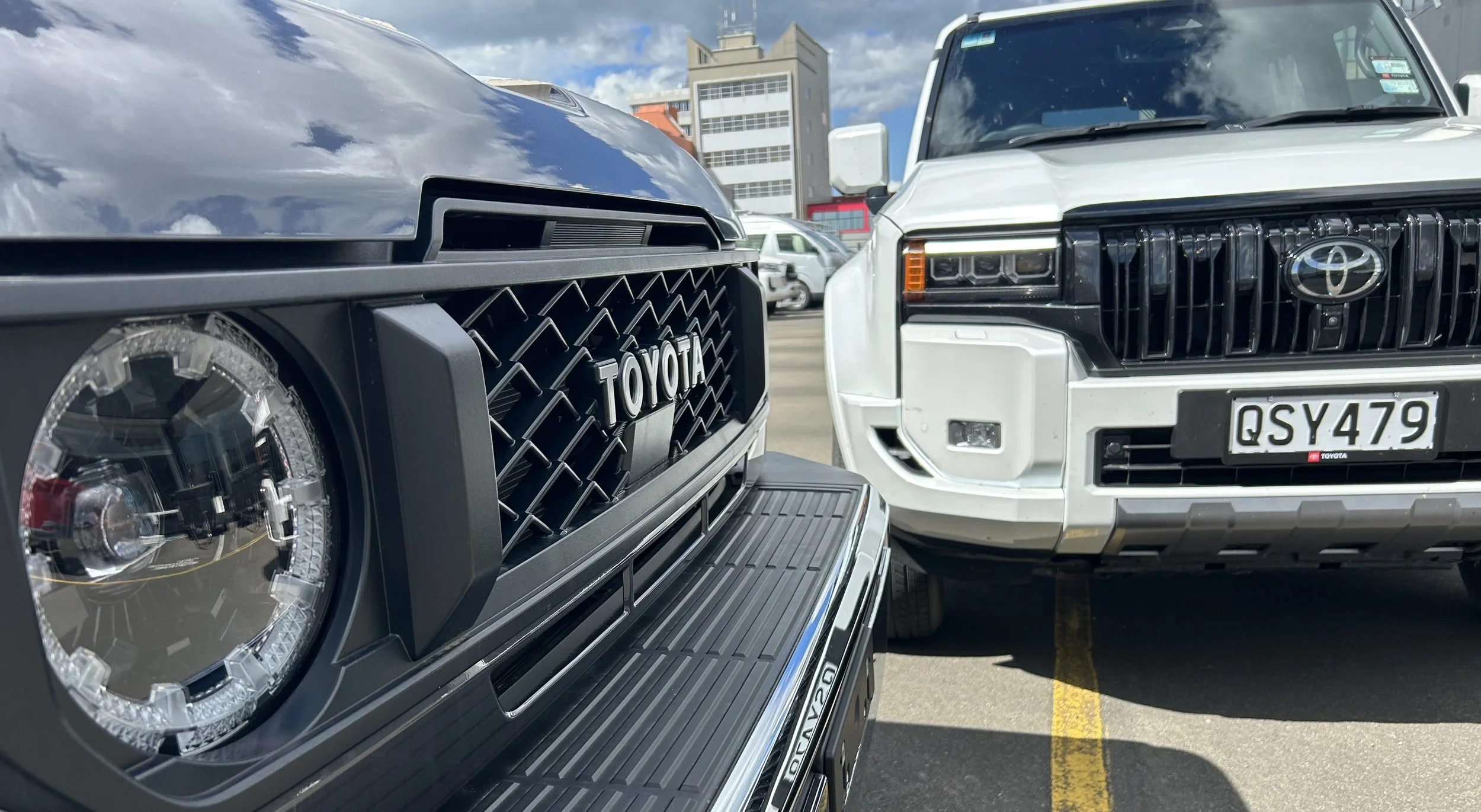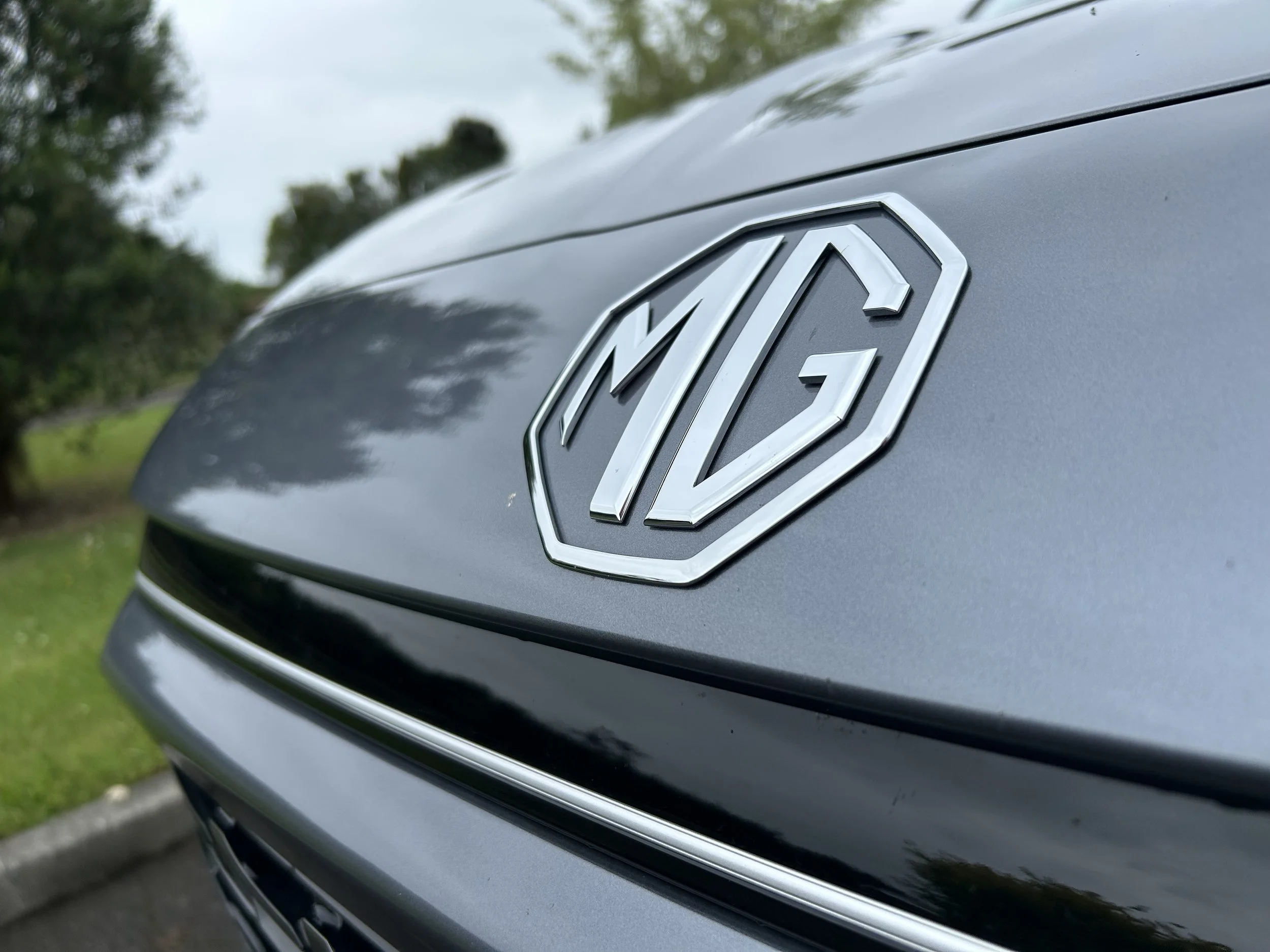Takata recall notices ignored by many Kiwis
/Who’d be dumb enough to ignore a free fix for a potential airbag malfunction? Basically, a whole lot of New Zealanders.
UP to 50,000 Kiwis affected by the Takata airbag scandal haven't bothered with assistance options.
This alarming conjecture from the New Zealand car industry comes as it preps to weather other developments in a recall saga that is globally unprecedented in size and scale.
Primarily, there’s repercussion from the collapse of Takata, one of the world’s largest airbag inflator suppliers, which takes responsibility for an estimated 51 million defective airbag inflator and propellant devices that may deploy improperly in the event of a crash, shooting metal fragments into vehicle occupants.
Also brewing is potential fallout from a smash in Australia, where a fatality is now cited as being a result of an airbag fail.
The Motor Industry Association estimates 300,000 new and imported cars on New Zealand roads might be caught up in a saga affecting one hundred million cars around the world.
The car industry’s job has been to identify suspect vehicles then task national distributors to notify owners – a task that is uniquely challenging in NZ because we allow used imports.
The MIA says just over 100,000 New Zealand owners have so far been notified of fixes – which includes the controversial practice of like-with-like replacement.
The problem is that around half of that number – 50,000 people – have chosen not to do anything about it.
MIA chief executive David Crawford says the level of local apathy to an issue that has killed 16 people and injured almost 200 is of huge concern.
“Certainly, we are not getting anywhere near the uptake that we would be happy with.
“There are an awful lot of vehicle owners who are choosing not to come in, and that’s a real worry for use because we cannot guarantee the safety of those inflators.
“They might be fine and if they don’t have an accident, then of course, it will never be tested. But if they go off … we just don’t know what the result will be. The older the vehicles, technically, the greater the risk.”
His organisation has suggested it’s time for Government to step in and enforce owners to step up to making those repairs, which are undertaken at franchises at no cost to the vehicle’s owner.
“Our advice to the vehicle owner has always been the same: ‘If you get the recall letter you need to come in and get it changed, now’.”
He says the industry has suggested a simple way to bring errant owners into line: “The next time the vehicle goes for a Warrant of Fitness it should be considered a fail.”
“We’ve been saying to the Government ‘if we issue a recall letter, and then followed it up and done everything we can to say bring the vehicle in … and they still don’t well, is it therefore arguable – and NZTA agrees it is, then surely the vehicle is no longer up to Warrant of Fitness standard’?
“Therefore, we’re arguing that, at the next WoF, they shouldn’t get that until they’ve taken their vehicle in to get the airbag replaced.”
“So far the Government has baulked at taking that step – but we (the MIA) say it is going to be required before the recall is over.
“It’s all very well for consumer organisations to criticise manufacturers and telling them they are not working fast enough but it is another thing for the consumers to ignore the advice to bring a vehicle in.”
Up to two dozen brands have used Takata airbags and hundreds of different cars, from top-selling mainstream brands like Toyota, Nissan and Honda fare to high-end product from BMW, Ferrari and McLaren, are at risk of carrying the defective, shrapnel-shooting inflator parts.
The danger is thought to be highest with cars that are driven in high humidity areas.
An issue that first aired in 2013 is not expected to be fully addressed until 2019 at the earliest, though that prediction was made before Takata last month filed for bankruptcy protection in the US and Japan.
That move clears the way for it to get out from under its mounting liabilities and restructure, but also leaves it unlikely to compensate carmakers the billions of they have spent on the recall action.
Closer to home, the recent death of a Honda CR-V driver in Australia is now being cited as having been caused by the car’s Takata airbag having exploded, fatally sending shards of metal into the man’s chest.
Crawford acknowledges the potential for the extensive coverage of this incident spreading to New Zealand media might set off a whole new round of comment and recrimination.
“It is already gathering a bit of steam.”
One particular hot subject across the Tasman is that BMW, Toyota, Mazda, Lexus and Subaru have been replacing potentially faulty devices with identical new ones.
An action that has raised the ire of a consumer group there is also occurring here, Crawford has confirmed. He sees nothing wrong with it.
“My understanding is that has become commonplace after the US safety agencies authorised it as the lesser of two evils.
“What we know about the airbags is that it is a slow gradual decay in a consistent hot, humid climate. The inflators that have detonated have all been over a certain age (five years or more).
“Replacing them for one or two years with new ones is considered to be at zero risk. It is a temporary measure until a permanent replacement can be made.”
His understanding is that brands undertaking like-with-like replacements here are advising customers.
Also, while the replacement airbags still contain ammonium nitrate propellants which are known to become volatile with age when exposed to changing temperatures, humidity and moisture, they also now include a desiccant agent to counter this.
Above all else, Crawford enforces, it is a temporary measure.
“They (the initiators) cannot stay there permanently. The whole issue with the Takata airbag inflators is that we don’t know which ones are faulty and which ones are not. And because you cannot tell which are and which are not they simply have to be replaced.”
He has assured that even though Takata’s bankruptcy has left some big players such as Toyota, Mazda and Honda facing the possibility of having to write off billions in receivables against Takata, all brands caught up here have not diminished their efforts to get this sorted.
“The vehicle manufacturers are doing the recalls, what happens behind the scenes to do with how they recover their costs makes no difference from a vehicle owner perspective.
“They (owners) will continue to get letters from the franchises saying their vehicle is subject to recall and they won’t have to pay for the parts or the labour for that.
“The dealer (who undertakes the work) will then talk to the distributor, and the distributor will get the money from the manufacturer. From a New Zealand perspective we won’t see any change at all.
“The question, in the bigger scheme of things is ‘who actually pays for the replacement parts and so on.’ Takata was doing that but now they have gone bankrupt it now looks as though the vehicle companies themselves will have to meet that cost.
“The costs will be met, one way or the other.”
He said the potential for Takata to go bankrupt was always there, no least after it was slammed with huge federal fines in the United States.
“It was a distinct possibility that became more of probability.”
The recall had become too big for Takata, though one of the world’s top six airbag providers, to handle and it had begun to outsource replacement parts from other makers.
Even so, the scale of this issue was like nothing the car industry had encountered before.
“This is a big and complex recall, because it is multi-manufacturer and it is multiple models from each of those manufacturers. We’ve never had a recall like this before.”
That had affected the remedial process.
“Normally when we get a recall a manufacturer will send all the parts to the distributor, and once they have those the distributor will issue a recall notice and get it done – and get it done pronto.”
But the size of this made that approach impossible. “Even if they did manage that, it would take all of our garages a year to do all of the replacements even if they did nothing else.”
However, what was happening was that replacement parts were arriving in batches.
“No distributor in New Zealand is happy with that process, because it is not how we handle recalls. We’re forced to handle this in a way that it not our preference.”

















